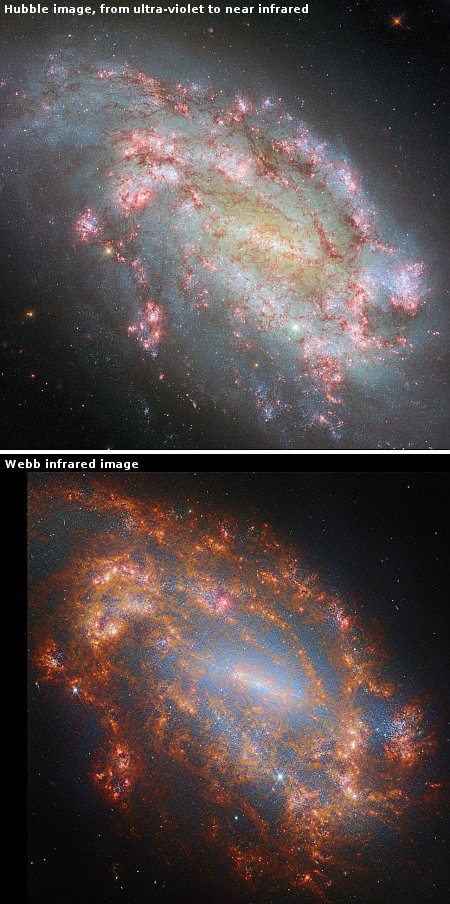Brazil approves space bill that appears to crush that country’s future in space
The Brazillian legislature has now approved a new space regulatory bill that appears to create a whole range of new agencies and regulatory bodies, all designed to heavily supervise all space activities while giving a great deal of arbitrary power to the government.
The quote below says it all. Note that the term “space operators” refers to any private aerospace operation.
The [government] may economically exploit, directly or indirectly, without bidding, the space infrastructure, including ground equipment and logistical resources, installations and computer systems necessary to carry out space activities.
The regulatory authorities, AEB and the Air Force Command, will have free access to the facilities and equipment of space operators. They may, at any time, cancel or change the licenses granted in the event of non-compliance with obligations or when there is a threat to national security or violation of international commitments. Even if its activities are suspended or canceled, the operator remains responsible for the artifacts that are in operation. [emphasis mine]
There is a lot more, all of it adding more heavy regulation while imposing great responsibilities both legal and financial on the private companies, all to the benefit of the government.
Who is going to invest billions, even millions, under such an arbitrary regime? No one, especially because the Brazillian government has already proven its willingness to unilaterially block or take over private companies with its actions in connection with Starlink and X.
The Brazillian legislature has now approved a new space regulatory bill that appears to create a whole range of new agencies and regulatory bodies, all designed to heavily supervise all space activities while giving a great deal of arbitrary power to the government.
The quote below says it all. Note that the term “space operators” refers to any private aerospace operation.
The [government] may economically exploit, directly or indirectly, without bidding, the space infrastructure, including ground equipment and logistical resources, installations and computer systems necessary to carry out space activities.
The regulatory authorities, AEB and the Air Force Command, will have free access to the facilities and equipment of space operators. They may, at any time, cancel or change the licenses granted in the event of non-compliance with obligations or when there is a threat to national security or violation of international commitments. Even if its activities are suspended or canceled, the operator remains responsible for the artifacts that are in operation. [emphasis mine]
There is a lot more, all of it adding more heavy regulation while imposing great responsibilities both legal and financial on the private companies, all to the benefit of the government.
Who is going to invest billions, even millions, under such an arbitrary regime? No one, especially because the Brazillian government has already proven its willingness to unilaterially block or take over private companies with its actions in connection with Starlink and X.














